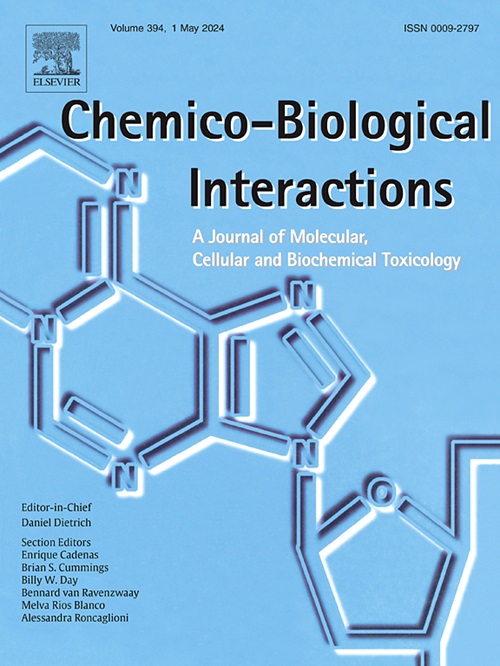4-羟基苯甲酸通过破坏 PU.1 DNA 结合活性和直接抗氧化来抑制 Nlrp3 炎症小体的启动和激活。
IF 4.7
2区 医学
Q1 BIOCHEMISTRY & MOLECULAR BIOLOGY
引用次数: 0
摘要
活性氧(ROS)的产生被认为是引发核苷酸结合域样受体家族含吡林结构域3(Nlrp3)炎性体活化及随后炎症反应的核心。辅酶Q10(CoQ10)在维持细胞内ROS平衡和抑制Nlrp3炎性体过度激活方面发挥着关键作用。然而,由于辅酶Q10的吸收和生物利用度有限,直接补充辅酶Q10对临床改善效果并不理想。因此,通过补充 CoQ10 前体来刺激内源性 CoQ10 生物合成可能是一种更有前景的治疗方法。在这项研究中,我们描述了 CoQ10 的前体 4-hydroxybenzoic acid(4-HBA)在减轻过度炎症反应中的作用。我们发现,补充 4-HBA 可以抑制 Nlrp3 炎症小体的启动和激活,但这种作用与 4-HBA 代谢转化为 CoQ10 无关。4-HBA 本身具有抗氧化活性。此外,4-HBA 还能破坏 PU.1 与 Tlr4 和 Md2 启动子的结合活性,从而在 LPS 诱导的炎症反应中直接抑制 Nlrp3 炎性体的启动。因此,战略性地利用 4-HBA 或增加 4-HBA 摄入量可能是减少过度炎症的一种潜在策略。本文章由计算机程序翻译,如有差异,请以英文原文为准。
4-Hydroxybenzoic acid restrains Nlrp3 inflammasome priming and activation via disrupting PU.1 DNA binding activity and direct antioxidation
Reactive oxygen species (ROS) production is considered central to triggering the nucleotide-binding domain-like receptor family pyrin domain containing 3 (Nlrp3) inflammasome activation and the subsequent inflammatory responses. Coenzyme Q10 (CoQ10) plays a critical role in maintaining intracellular ROS homeostasis and inhibiting excessive Nlrp3 inflammasome activation. However, direct supplementation of CoQ10 showed unsatisfactory clinical improvement due to its limited absorption and bioavailability. Therefore, stimulating endogenous CoQ10 biosynthesis by supplementing CoQ10 precursors may provide a more promising therapeutic approach. In this study, we described the role of 4-hydroxybenzoic acid (4-HBA), a precursor of CoQ10, in attenuating excessive inflammatory responses. We found that while supplementation of 4-HBA inhibited the priming and activation of Nlrp3 inflammasome, this effect was independent of its metabolic transformation into CoQ10. 4-HBA itself exhibits antioxidative activities. Furthermore, 4-HBA can disrupt the binding activity of PU.1 on the promoters of Tlr4 and Md2, thereby directly suppressing Nlrp3 inflammasome priming during LPS-induced inflammatory responses. Therefore, strategically utilizing 4-HBA or increasing 4-HBA intake may represent a potential strategy for reducing excessive inflammation.
求助全文
通过发布文献求助,成功后即可免费获取论文全文。
去求助
来源期刊
CiteScore
7.70
自引率
3.90%
发文量
410
审稿时长
36 days
期刊介绍:
Chemico-Biological Interactions publishes research reports and review articles that examine the molecular, cellular, and/or biochemical basis of toxicologically relevant outcomes. Special emphasis is placed on toxicological mechanisms associated with interactions between chemicals and biological systems. Outcomes may include all traditional endpoints caused by synthetic or naturally occurring chemicals, both in vivo and in vitro. Endpoints of interest include, but are not limited to carcinogenesis, mutagenesis, respiratory toxicology, neurotoxicology, reproductive and developmental toxicology, and immunotoxicology.

 求助内容:
求助内容: 应助结果提醒方式:
应助结果提醒方式:


